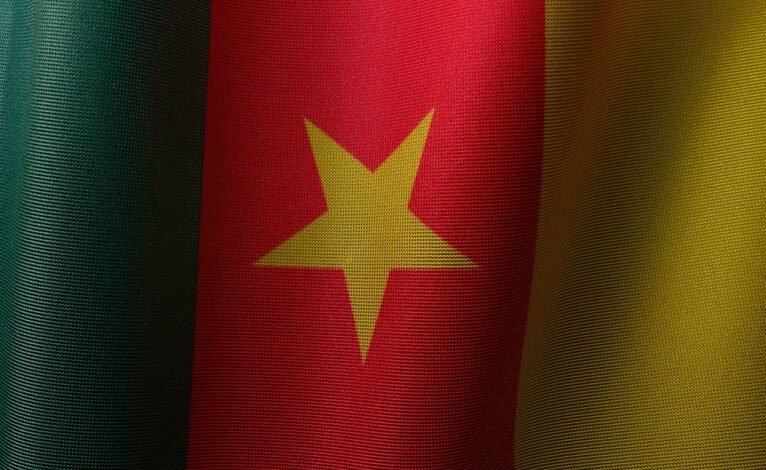Chileflag : Meaning, Colors, and History Explained

The Chilean flag, known as "La Estrella Solitaria," emerged in 1817 as a symbol of national identity and resilience. Its colors—red, white, and blue—each carry significant meaning, reflecting the nation's struggle for independence and its natural landscape. The flag's evolution mirrors Chile's revolutionary spirit, yet its role in contemporary culture remains vital. Understanding these elements reveals deeper insights into Chilean nationalism and pride. What factors have shaped its enduring significance?
Overview of the Chilean Flag
The Chilean flag, known as "La Estrella Solitaria," serves as a poignant symbol of the nation's identity and history.
Its flag design, featuring a white star and distinct colors, reflects the aspirations of a people yearning for freedom. Established in 1817, it embodies Chile's struggle for independence, unifying diverse regions under a common emblem that represents resilience and national pride.
Symbolism of Colors in the Chilean Flag
Colors in the Chilean flag carry significant meaning, each hue representing core aspects of the nation's identity and history.
The red symbolism embodies the blood shed for independence, reflecting a revolutionary spirit.
In contrast, the blue significance symbolizes the sky and ocean, representing freedom and the vastness of the Chilean landscape.
Together, these colors encapsulate the essence of Chilean nationalism and pride.
Historical Evolution of the Chilean Flag
Although the Chilean flag has undergone several transformations since its inception, its evolution reflects the nation's tumultuous history and aspirations for identity.
Various flag designs emerged, influenced by revolutionary movements and the quest for independence.
Each iteration embodies the historical context of the time, serving as a symbol of national identity and unity amid struggles for freedom and self-determination.
The Chilean Flag in Contemporary Culture
In contemporary culture, the Chilean flag serves as a powerful emblem of national pride and identity.
It embodies the nation's historical struggles and aspirations, fostering a sense of unity among Chileans.
As a cultural representation, the flag is prominently featured in protests, celebrations, and art, symbolizing both resilience and hope, while reinforcing a collective national identity in the face of modern challenges.
Conclusion
In conclusion, the Chilean flag encapsulates the nation's rich historical narrative and cultural identity through its symbolic colors and design. Notably, approximately 60% of Chileans express pride in their flag, indicating its significant role in fostering national unity. As a poignant emblem of resilience, the flag not only reflects the sacrifices made during the struggle for independence but also continues to inspire contemporary Chileans in their collective identity and values.





